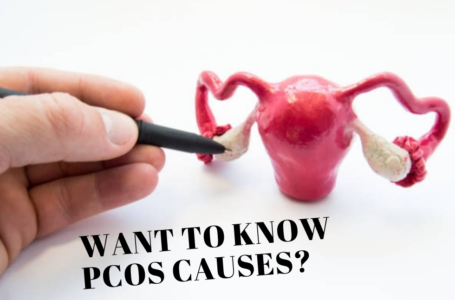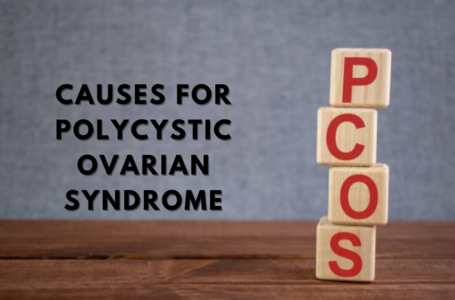How to Maximize ROI With Responsive Search Ads with 5 Tips?

Are you stuck with your ROI? Then, know here simple ways to maximize ROI with responsive search ads Google. Here, you will get to know each and every point from which you can maximize the ROI of detection and response.
Let’s go!
For micro to medium-sized businesses, optimising Google Advertising with automated bidding on targeted keywords is an extremely successful technique.
It might seem like a difficult task to get a good return on investment for the keywords you bid on. However, these five tips can tell you how to make the most of your promotions for Google Advertising. And measure the results simply.
Maximize ROI with Responsive Search Ads using 5 Major Tips:
Tip 1: Using Quality Score to guide Relevance for Advertising
Not only does the quality score have a huge impact on the cost-effectiveness of google ads. It also helps to assess the ad rank. A few variables include 0-10 number ranking, unlike many other search campaign metrics.
Although it is unclear exactly how weighted each factor is. The metrics include the predicted tap-through rate (CTR), the consistency and relevance of the landing page. The importance of keywords to the ad groups relate to the relevance of advertisements. And also the output of the established Google Ads account.
You can also reduce bounce rate of your website flawlessly.
Because relevance is the primary QS metric, start by testing the organisation of your keyword. Keywords must be in particular categories and tied into ad campaigns for individual advertising. Keywords have to be compatible with landing page content within these groups. And therefore should be updated daily based on real search terms. To prevent unnecessary ad spending, negative keywords should be added.
Tip 2: Always Optimize Google Ads by Bids not by Budget
While it might seem like the best choice for further conversions to adjust the budget of an unsuccessful PPC campaign, adjusting the bids is a much more productive tactic in certain cases.
Target-based approaches like return-on-ad-spend (ROAS) and cost-per-acquisition (CPA) utilize automated bidding that regulates your expenditure by changing your bids as appropriate. In order to adapt to these trends, this has proved to be more successful than increasing or decreasing the budget. This will maximize ROI with responsive search ads.
The algorithm decreases the target bid for you when you’re in line with your Target CPA, which calculates how much more it costs you to obtain a new client for each keyword. Boost your target number of conversions if you are using Target ROAS. This calculates how often you invest on each ad, and your expenditure rate will change accordingly.
Eventually, for your goal ROAS, the Google Ads algorithm can hit an average, enabling you to limit the amount of conversions for your campaign and save funds.
Tip 3: Automate Ads that Work Extremely
Automating ads with high conversion rates could not only conserve time, but can also increase the conversion rates. For each keyword, this practise largely depends on traffic volume, and its usage can change depending on some seasonal factors.
Automation is an simple process since the algorithm does have plenty of information to do high ROI bidding if the target keyword produces valuable performance information. That makes it very easy to forecast its future performance. Ironically, if your keyword needs details, things become more difficult.
When the Google Ads state comes along a keyword with little output detail, to save time and frustration, the algorithm tests your community conversion rates as well as your campaigns.
Tip 4: Structure Keywords With comparable Conversion Rates Together
Structure keywords with comparable conversion rates together until one or more keywords don’t have a big amount of information.
This method of design and implementation is also based on relevance, offering such a well-rounded metric to be evaluated. For automated bidding, group structuring of keywords with identical conversion rates is great. Because it offers a more accurate performance predictor of an individual keyword to maximize ROI with responsive search ads.
Shaping keywords as per conversion rates and other valid variables, like product lines or value, is a reasonable general practise. Whenever the Google algorithm runs along with a keyword with little data. The conversion rates and campaigns of your ad group will be checked for meaning automatically.
Tip 5: During Seasons, make Goals Quite Effective
As the history of your account evolves, automated bidding learns more, but it doesn’t relate your account history to particular seasonal events, such as Black Friday or Independence Day.
Conversions made recently over more distant conversions are prioritised by the algorithm used for evaluating account history. Common seasonal conversion rate changes do cause changes in the algorithm, such as sales growth before the holidays, but particular days do not.
Aggressive advertising is important to achieve an improved conversion rate on a single day without raising the bids. On other days if you’d like to target ads for holiday-specific sales. For both the one-day period that your advertisements are expected to produce additional traffic, you may also temporarily turn to CPA bidding.
Conclusion
Nowadays, Google Ads is a strong and important tool, but its features are not always intuitive. You will see a greater return on investment in your marketing efforts with the application of these five strategies. These 5 tips will help you to maximize ROI with responsive search ads.







